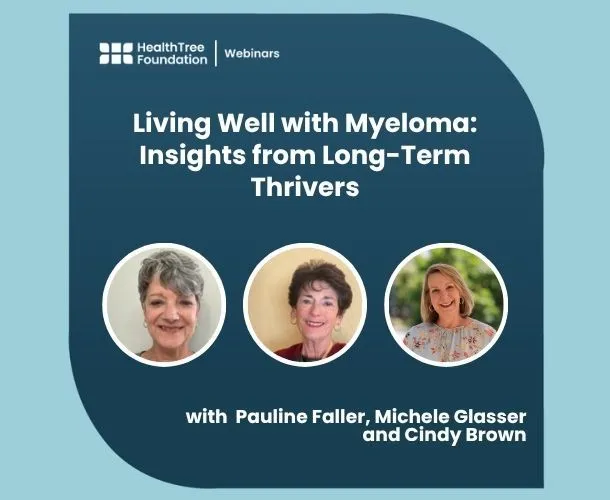ASH 2016: Using Daratumumab In New Combinations

BY ERIC HANSEN A study presented at ASH looked at whether daratumumab (Darzalex) could work not only as a single agent in relapsed and refractory patients, but how it might do in combinations. Three categories of patients were selected for this study, as presented by Dr. Ajay Nooka of the Winship Cancer Institute.
- The first group had never been exposed to either daratumumab or pomalidomide
- The second group was either refractory to daratumumab or pomalidomide
- And the third group was refractory to both daratumumab and pomalidomide
The first group, that had not been exposed to either drug showed a 90% response rate. Patients that were refractory to one drug or the other had a 40% response using the Dara/Pom/Dex triplet. Even the group that was refractory to both Dara and Pom, achieved a 33% response, showing that the combination of two drugs that the patients had already relapsed on could produce results. Since researchers have no evidence at this time to show how the two drugs were brought became effective after relapse, it will lead to further studies.
Time to progression for the first group had not been reached after 14 months. The the Dara or Pom refractory group had a progression free survival of 3 months. Those refractory to both drugs had a median progression free survival of 2.5 months. While 2-3 month progression free survival is not terribly impressive, any response and benefit is worthy of a look. The study shows that using daratumumab in earlier settings is very beneficial, before the myeloma has time to run through treatment options.
For now, however, these results add to the impressive record that daratumumab is building in myeloma.
BY ERIC HANSEN A study presented at ASH looked at whether daratumumab (Darzalex) could work not only as a single agent in relapsed and refractory patients, but how it might do in combinations. Three categories of patients were selected for this study, as presented by Dr. Ajay Nooka of the Winship Cancer Institute.
- The first group had never been exposed to either daratumumab or pomalidomide
- The second group was either refractory to daratumumab or pomalidomide
- And the third group was refractory to both daratumumab and pomalidomide
The first group, that had not been exposed to either drug showed a 90% response rate. Patients that were refractory to one drug or the other had a 40% response using the Dara/Pom/Dex triplet. Even the group that was refractory to both Dara and Pom, achieved a 33% response, showing that the combination of two drugs that the patients had already relapsed on could produce results. Since researchers have no evidence at this time to show how the two drugs were brought became effective after relapse, it will lead to further studies.
Time to progression for the first group had not been reached after 14 months. The the Dara or Pom refractory group had a progression free survival of 3 months. Those refractory to both drugs had a median progression free survival of 2.5 months. While 2-3 month progression free survival is not terribly impressive, any response and benefit is worthy of a look. The study shows that using daratumumab in earlier settings is very beneficial, before the myeloma has time to run through treatment options.
For now, however, these results add to the impressive record that daratumumab is building in myeloma.
about the author
Jennifer Ahlstrom
Myeloma survivor, patient advocate, wife, mom of 6. Believer that patients can contribute to cures by joining HealthTree Cure Hub and joining clinical research. Founder and CEO of HealthTree Foundation.
More on Treatment Advances
Trending Articles




Get the Latest Multiple Myeloma Updates, Delivered to You.
By subscribing to the HealthTree newsletter, you'll receive the latest research, treatment updates, and expert insights to help you navigate your health.
Together we care.
Together we cure.
3x Faster.












